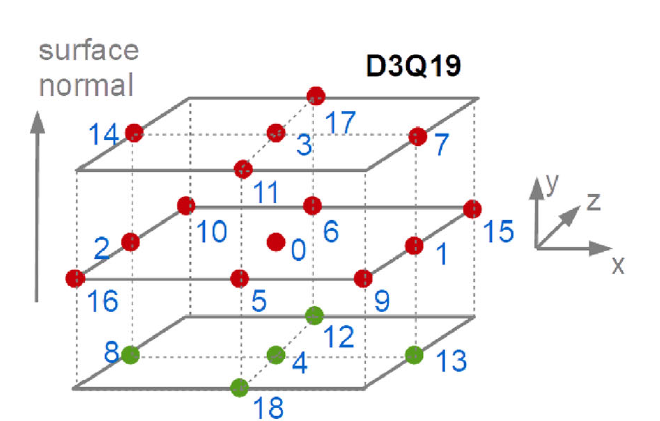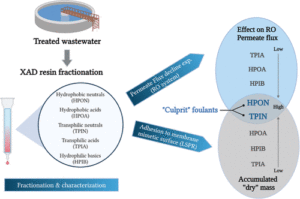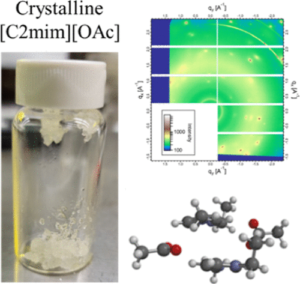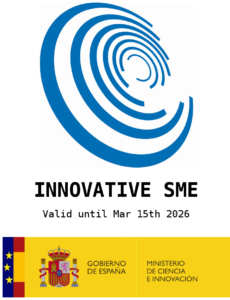Variant-Specific Interactions at the Plasma Membrane: Heparan Sulfate’s Impact on SARS-CoV-2 Binding Kinetics
 Authors: Dario Valter Conca, Fouzia Bano, Małgorzata Graul, Julius von Wirén, Lauriane Scherrer, Hudson Pace, Himanshu Sharma, Justas Svirelis, Konrad Thorsteinsson, Andreas Dahlin, and Marta Bally
Authors: Dario Valter Conca, Fouzia Bano, Małgorzata Graul, Julius von Wirén, Lauriane Scherrer, Hudson Pace, Himanshu Sharma, Justas Svirelis, Konrad Thorsteinsson, Andreas Dahlin, and Marta Bally
Journal: Analytical Chemistry
Abstract: The spread of SARS-CoV-2 led to the emergence of several variants of concern (VOCs). The spike glycoprotein, responsible for engaging the viral receptor, exhibits the highest density of mutations, suggesting an ongoing evolution to optimize viral entry. This study characterizes the bond formed by virion mimics carrying the SARS-CoV-2 spike protein and the plasma membrane of host cells in the early stages of virus entry. Contrary to the traditional analysis of isolated ligand-receptor pairs, we utilized well-defined biomimetic models and biochemical and biophysical techniques to characterize the multivalent interaction of VOCs with the complex cell membrane. We observed an overall increase in the binding affinity for newer VOCs. By progressively reducing the system complexity, we identify heparan sulfate (HS) as a main driver of this variation, with a 10-fold increase in affinity for Omicron BA.1 over that of the original strain. These results demonstrate the essential role of coreceptors, particularly HS, in the modulation of SARS-CoV-2 infection and highlight the importance of multiscale biophysical and biochemical assays that account for membrane complexity to fully characterize and understand the role of molecular components and their synergy in viral attachment and entry.





